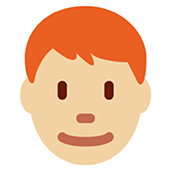
L’importance de la pensée spatiale dans...
Un dessin de garçon aux cheveux roux, vêtu d'une chemise bleue, se tient debout les doigts sur les tempes, les yeux...
Jeunes examinateurs/trices
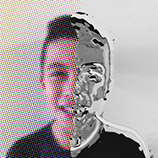

Un dessin de garçon aux cheveux roux, vêtu d'une chemise bleue, se tient debout les doigts sur les tempes, les yeux...


Un dessin représentant une personne aux cheveux roux assise sur le sol, en train de lire un livre de « Préparation aux...
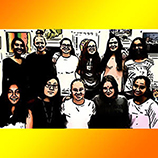
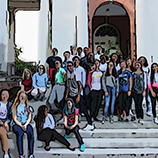

Un dessin représente deux personnes passant devant une table où un cerveau lit un livre. L'une des personnes fume et la...


Deux personnes sont assises à une table et sculptent de l'argile. La personne de gauche semble satisfaite de sa...
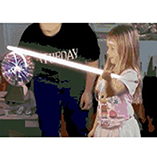


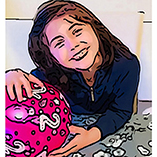



Un dessin de cerveau, portant un casque muni de câbles colorés, résout un problème de mathématiques sur une feuille de...



Un dessin montre une personne souriant à un dauphin dans une piscine. Une bulle de pensée illustre un cerveau utilisant...


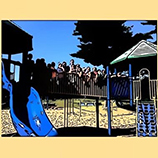

Cet article est basé sur un entretien entre les deux auteurs.La biologie structurale est un domaine de la biologie qui...

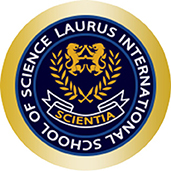

Les protéines sont de petites machines biologiques qui travaillent dans notre corps comme chez tous les autres animaux...


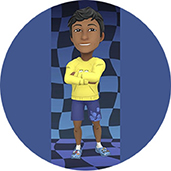

Le monde qui nous entoure est rempli d’odeurs. Certaines agréables, relaxantes ou ravivant des souvenirs ; d’autres...


La vie existe-t-elle ailleurs dans l’univers ? C’est l’une des questions les plus intéressantes, exaltantes et...


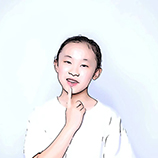

Au cours des 50 dernières années, j’ai consacré ma carrière à l’étude de questions fondamentales en biologie. Ces...


De nombreux animaux sont herbivores, ce qui signifie qu’ils se nourrissent de plantes pour avoir tous les nutriments...
